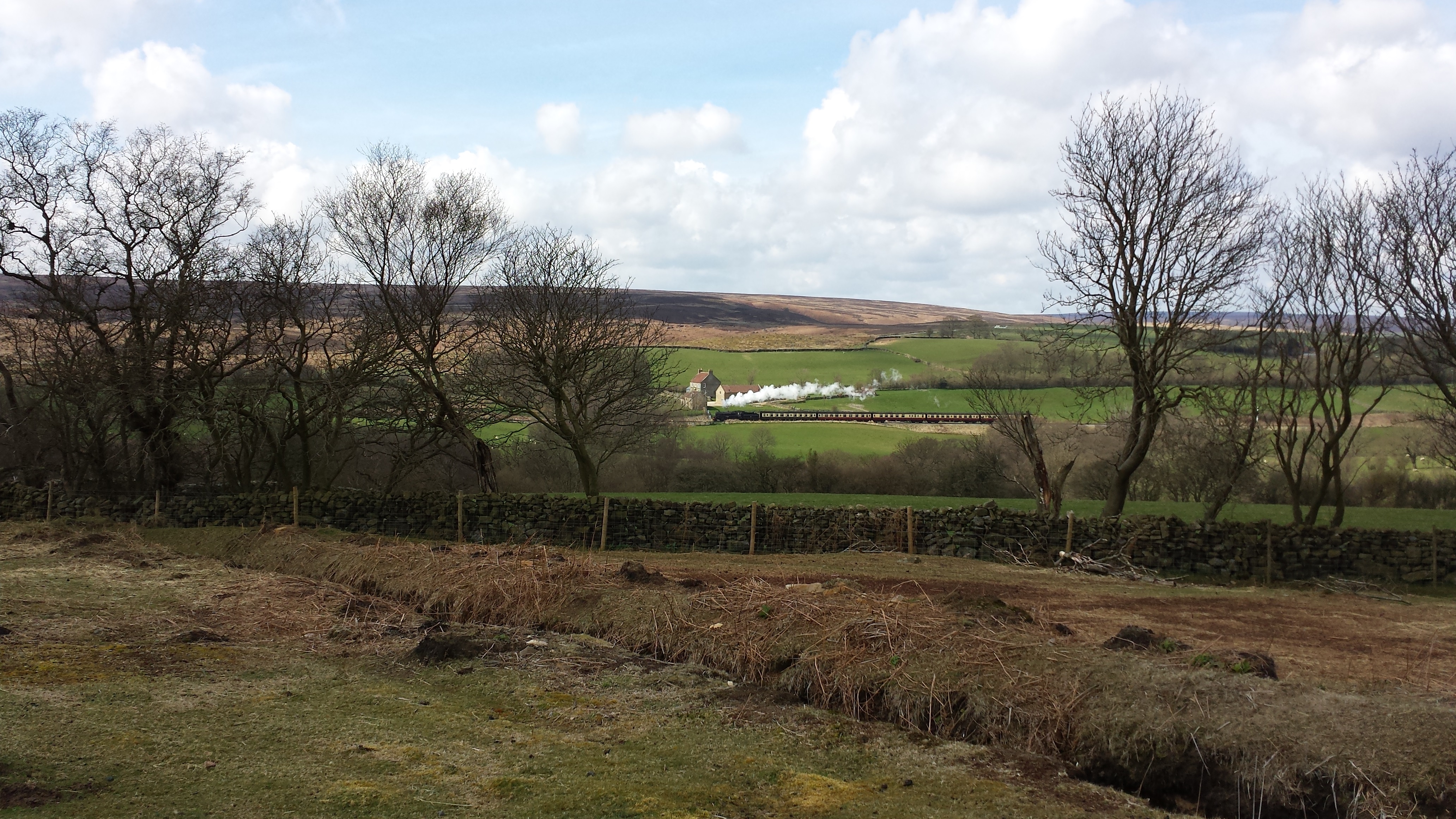Natural environment
Contents |
[edit] How is the natural environment defined?
The term 'natural environment' refers to the non-human-made surroundings and conditions in which living and non-living things exist on Earth. The common concept of the natural environment encompasses two different components:
- Ecological units that operate as natural systems (such as soil, vegetation and so on).
- Universal natural resources (such as air and water).
The natural environment is in contrast with the 'built environment' which refers to areas that have been fundamentally transformed and influenced by human activity, such as cities, towns, infrastructure, and so on.
[edit] What impact does construction have on the natural environment?
Gemini Papers: What are connected digital twins?, published by the Centre for Digital Built Britain in 2022, suggests that: ‘The natural environment provides the foundations of the built environment, the economy, society and the planet. It is the original source of everything from fresh water and food to materials and medicine. It plays a critical role in regulating water cycles and temperature; buffering against extreme weather events; preventing the spread of disease; recycling nutrients and storing carbon; and ensuring the health and wellbeing of society.’
Environmental modelling involves the application of multidisciplinary knowledge to explain, explore and predict the Earth’s response to environmental change, both natural and human-induced.
Construction plays a central role in transforming the natural environment into the built environment, and there are many considerations and restrictions that can apply before a project is given permission to proceed in terms of how it may influence the environment.
For example, an environmental impact assessment (EIA) may be required to ensure that the environmental effects of a proposed development are properly considered. An EIA provides the local planning authority with better information to make a more informed decision about whether permission should be granted and to allow imposition of more appropriate conditions and obligations to mitigate possible negative impacts. For more information see: Environmental impact assessment
In addition, Ecological Impact Assessments (EcIA) can be undertaken to identify, quantify and evaluate the potential impacts of defined actions on ecosystems or their components. Ecological Impact Assessments are required for some large or sensitive projects to ensure that ecological effects are properly considered. For more information see: Ecological Impact Assessments
The green belt is intended to constrain the built environment and prevent it from spreading over the natural environment. For more information see: Green belt.
[edit] Other information about the natural environment
Designing Buildings has a wide range of articles relating to the environment, including:
- Ancient woodland.
- Areas of Outstanding Natural Beauty.
- Biodiversity.
- Blue belt.
- Climate change science.
- Construction environmental management plan.
- Ecological network.
- Ecology and the built environment.
- Environment Agency.
- Environmental engineering.
- Environmental impact.
- Environmental Impact Assessment.
- Environmental modelling.
- Environmental permit.
- Environmental plan.
- Environmental policy.
- Environmental Protection Act.
- Environmental statement.
- Forests.
- Green belt.
- Greenhouse gases.
- Landscape design.
- Local green space.
- Local Nature Reserve.
- National nature reserves.
- National parks.
- Natural England.
- Nature improvement area.
- Protected species.
- Site of Nature Conservation Interest (SNCI).
- Soil.
- Sustainability.
- Thermal environment.
- Tree preservation order.
- Village greens.
- Water
[edit] Related articles on Designing Buildings
IHBC NewsBlog
Old Sarum fire in listed (& disputed) WW1 Hangar - Wiltshire Council has sought legal advice after fire engulfed a listed First World War hangar that was embroiled in a lengthy planning dispute.
UK Antarctic Heritage Trust launches ‘Virtual Visit’ website area
The Trust calls on people to 'Immerse yourself in our heritage – Making Antarctica Accessible'
Southend Council pledge to force Kursaal owners to maintain building
The Council has pledged to use ‘every tool in the toolbox’ if urgent repairs are not carried out.
HE’s Research Magazine publishes a major study of the heritage of England’s suburbs
The article traces the long evolution of an internal programme to research 200 years of suburban growth
IHBC Context 183 Wellbeing and Heritage published
The issue explores issues at the intersection of heritage and wellbeing.
SAVE celebrates 50 years of campaigning 1975-2025
SAVE Britain’s Heritage has announced events across the country to celebrate bringing new life to remarkable buildings.
IHBC Annual School 2025 - Shrewsbury 12-14 June
Themed Heritage in Context – Value: Plan: Change, join in-person or online.
200th Anniversary Celebration of the Modern Railway Planned
The Stockton & Darlington Railway opened on September 27, 1825.
Competence Framework Launched for Sustainability in the Built Environment
The Construction Industry Council (CIC) and the Edge have jointly published the framework.
Historic England Launches Wellbeing Strategy for Heritage
Whether through visiting, volunteering, learning or creative practice, engaging with heritage can strengthen confidence, resilience, hope and social connections.
















Comments
[edit] To make a comment about this article, or to suggest changes, click 'Add a comment' above. Separate your comments from any existing comments by inserting a horizontal line.